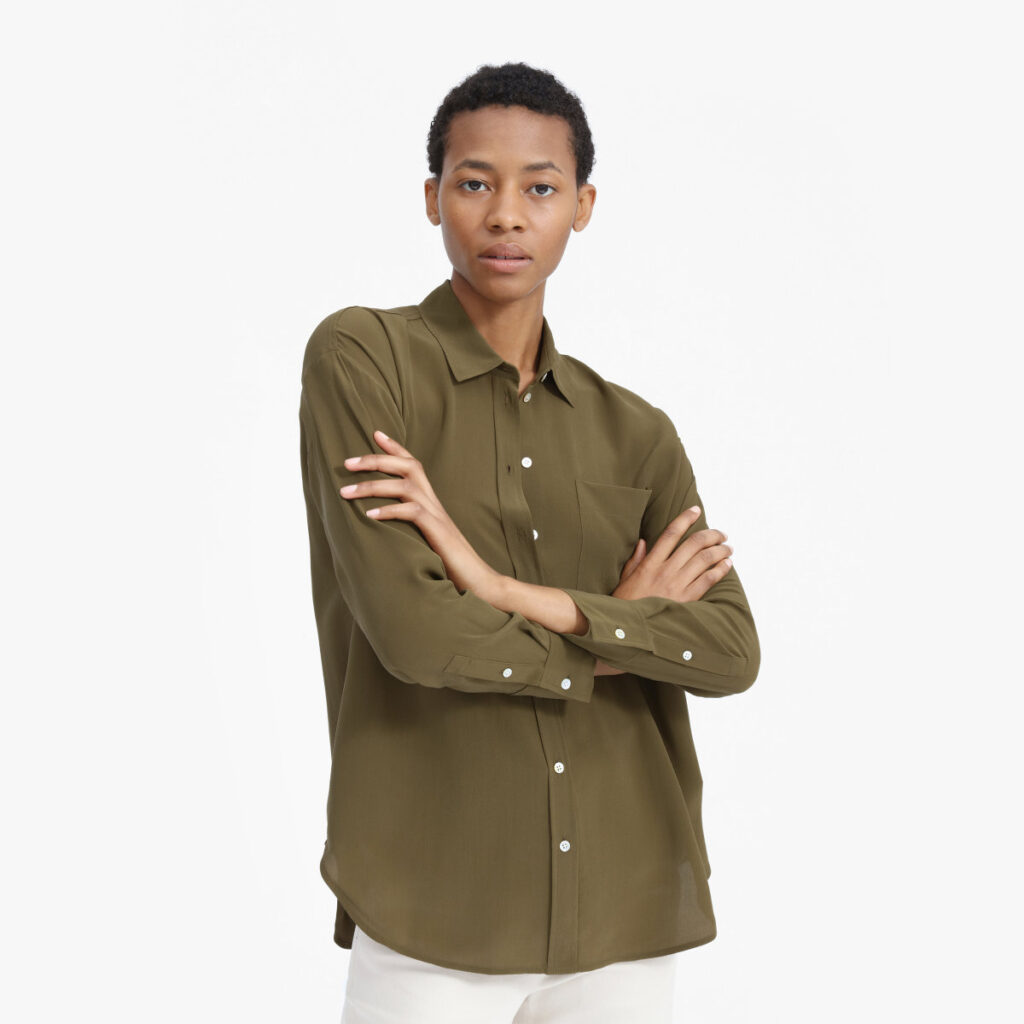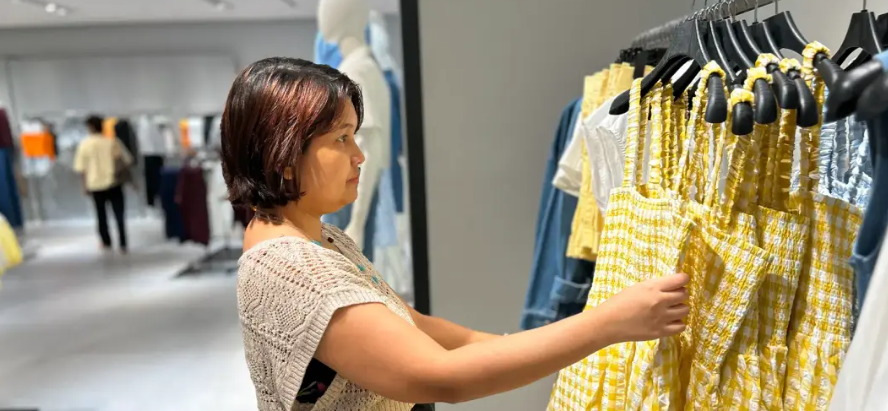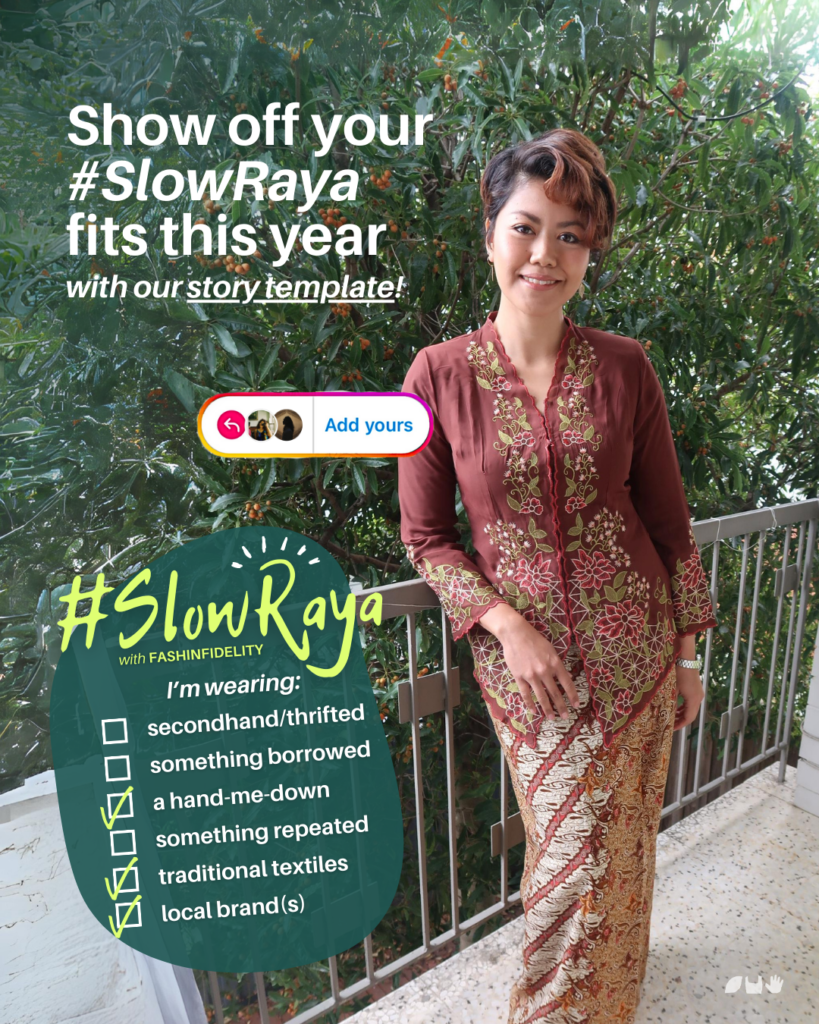3337 words; 16 min read
… or eco, green, conscious, sustainable. Is it a little bit like GMO-free, organic, local, and fat-free in food?
Bottom line is – it’s not that straightforward. And here lies our problem, because there are people out there, like you and me, who want to make the effort to support brands that don’t subscribe to the fast fashion formula; brands who stick to values that speak to us or are proud to flaunt their own, but we get so damn confused over these jargons, and who has time to check the claims these businesses are spruiking?
A graphics designer and an environmental engineer walks into a bar, and….
The supply chain of the fashion industry is long and complex as it is. I’ve worked in sustainability in my career of 15 years. I understand the context of this socio-economic green revolution that’s hit us this past decade, and I know how to break these terms down to their bare definitions, but, let’s face it, not many of us are lucky enough to be able to fully decipher the contents of a Pepsi can, so what chance does the average Jane have on trusting the myriad of cool, hip and socially-conscious stories some brands are drawing our attention to?
In my work as an environmental engineer, I often find ways to holistically solve a problem. For example, if there is an environmental waste issue, I would usually work my way back up the upstream processes that contribute to the problem, which could include the supply of materials, the limitations of infrastructure, the business processes that are being used, the decisions made by people in positions of authority, the workers involved, and the costs of each. Many problems arise from the way a product is designed as they don’t take into account the interaction the product will have with other products or services during its life and at its end of life. To cut a long story short, I have to make sure a workable solution is found not at the cost of something else, or introduce another problem to the process flow of events, and does not negatively impact the profit of the company or the well-being of its people. In summary, sustainability principles in action.
My day job has taught me to not be fooled by what’s on the surface of what people are trying to sell you, and so I ask questions to satisfy myself enough to make an informed decision. But not everyone’s like me.
….not many of us are lucky enough to be able to fully decipher the contents of a Pepsi can, so what chance does the average Jane have on trusting the myriad of cool, hip and socially-conscious stories some brands are drawing our attention to?
Fashion never wanted to grow up
With the advent of ‘eco-fashion’ of the 1990’s (think hemp clothing, tie dyed scarves, and neutral loose-fitting basics), or most widely known to some as “hippie clothing” at the back of the scandalous controversies that surrounded the industry (e.g. the Nike slave labour scandal and the use of animal fur for in clothing), other exposés have come and gone without stamping a real lasting impression on the general population’s media vocabulary. It wasn’t that long ago, in 2007, that staff were injured as Primark opened their doors to the public when they launched at the Marble Arch end of London’s Oxford Street. When hoards of people, hyped up about the arrival of this cheap and cheerful brand, stampeded their way into the store, little did they realise they were paving the way to create the big monster we now know as fast fashion.
“Did anyone catch the news last night, about how textile factory workers in India are sick from exposure to Chromium-6 by-products because of the lack of safety controls and regulations in the industry?”, said no one ever.
Picture this: We see bad news stories of disasters involving industry in the news (fire, explosions, workplace accidents involving heavy machinery) on TV, but we don’t ever hear about the farming of crocodiles to supply reptile skin to Hermes at the expense of these animals’ lives, the awful conditions that workers endure toiling away at cut-make-trim factories, and chemicals used in textile dyeing factories that go untreated before discharging into the environment make prime time headlines.

Textile dyeing and treatment is one of the most polluting activities in the world today, but the average consumer doesn’t even think about this when purchasing clothes. (Image source: Reuters.)
Clothes are an everyday necessity, and for many an important aspect of self-expression. Yet the way clothes are made and used today is extremely wasteful and polluting. Somehow, it’s acceptable to design and produce an infinite number of trousers, shirts, skirts, cardigans, boots, whatever… just because we can.
Whereas when we make cars, make household products, drill oil and refine petroleum, mine for resources, make medicine, pharmaceutical products, and chemicals for agricultural use, we can’t get away with most things fashion gets away with!
A perpetual PR machine
Why, I wonder?
Because no one really knew what was going on… until now. Most people I talk to, when introducing myself, don’t actually realise fashion has a footprint. Images of towering smoke stacks, pooled liquid waste, and piles of rubbish don’t actually come to the fore, at all. Not their fault, though. The industry is built on advertising, advertising, and more advertising. Sell, sell, sell. You NEED this. This outfit looks so good on this model, I want that ‘look.’ My favourite celebrities love this type of sunglasses: I. WANT. IT. A lot of sparkly things, razzle dazzle, shiny and bright imagery had turned us blind into why such items are actually beneficial to our lives and overall happiness.
(By the way, I talk about real #happiness in my last blog post.)
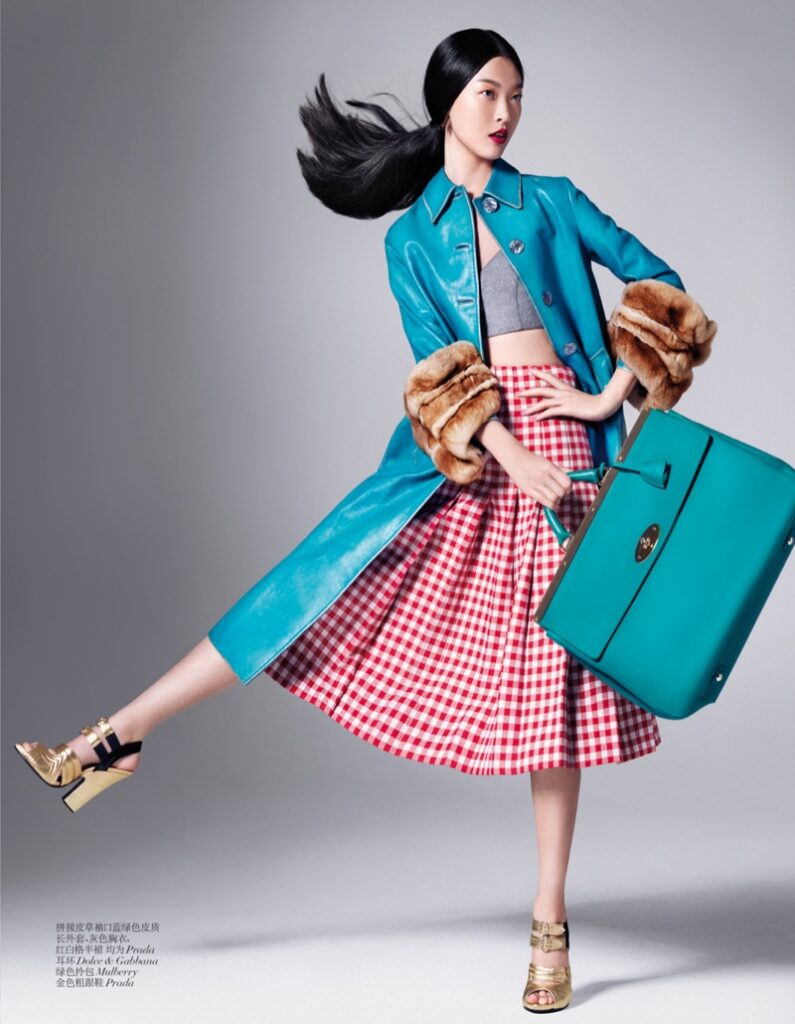
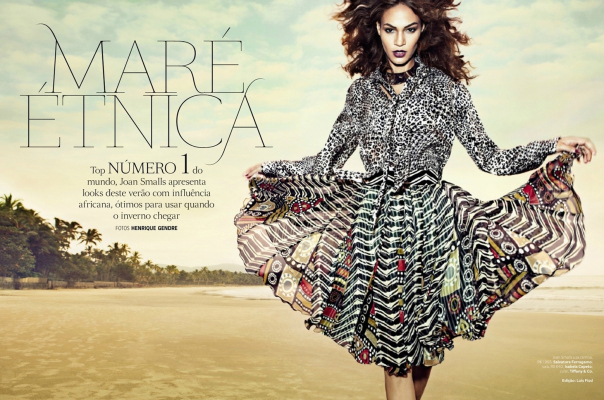
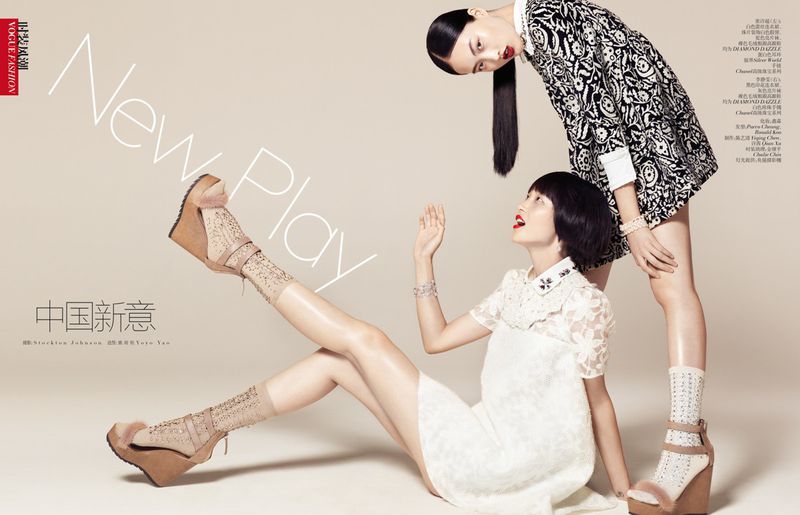
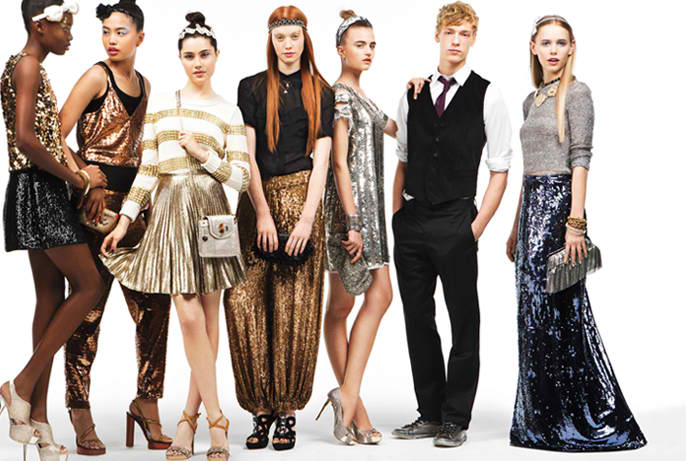
Because of this, the fashion industry has been stalling real reinvention, development and innovation. It is an industry that thrives on selling things you don’t need. An industry that has completely bastardised the word ‘sustainability.’ I’ll explain why.
Sustainable development is a term coined at the 1992 Earth Summit in Rio de Janeiro, which means “development that meets the needs of the present without compromising the ability of future generations to meet their own needs.” Over the years, the term sustainability has widely been used to describe the consideration of all aspects of producing a commodity or material product, delivering a service, and building communities so that the integration of our built environment and other living things are balanced. It is widely known by its three pillars of social, environmental and economic equity. You might have heard the term Triple Bottom Line, or TBL, which is essentially another representation.
In fashion, it seems the term sustainability only became inserted in the industry’s lingua franca in the mid-2000’s. But I can’t help but suspect that the motive is still the same, to keep the PR machine driving. It’s ‘trendy’ to be ‘conscious’ right now now.
So let’s just say you come across brands that have popped up in your feed, wanting to provide an ‘alternative’ product to consume, because mass-produced fashionable items are bad. How do you tell if this is not pure greenwashing?
Be Like Najah: A Little Conscientious
Look, I’m not saying that we can’t start somewhere. Of course we could. I applaud brands that are trying to make products in line with a certain degree of social and environmentally-conscious ethos, and I also think it’s encouraging that brands like H&M that have a big following in the current marketplace have sustainability targets to tighten the ethics in their supply chain.
The thing about advertising though, is that it is still king in the world of fashion, and where in the good ol’ days we mostly consumed it in print media on face value, getting all ga-ga over colourful things and bold print, nowadays, we prefer to consume advertising digitally, in accordance with the brand’s values and your personal style, influenced by browsing data analytics that match you to the diverse world of fashion and style as we know it.
So let’s just say you come across brands that have popped up in your feed, wanting to provide an ‘alternative’ product to consume, because mass-produced fashionable items are bad. How do you tell if this is not pure greenwashing?
Good question. What a confusing state we are left in, right? My work focuses on footprint labelling on clothing, which, I liken to the ingredient labels on your food. For example, an easy-to-follow icon system that tells you the water, land, chemical, greenhouse gas and social footprint of the item, and some extra information like certification to an organic standard.
I don’t think this is going to happen anytime soon, so in the meantime, I’ll break down the terms currently making alternative headlines for you. I’ll try my best to make this as easy to consume as possible (ha ha! See what I did there?), but I can’t promise you’ll not spend time sifting through the ethical claims on the labels you come across. Just know that this is the very first step of starting to be a conscientious consumer. Think about it as a building-block hunt. You’re on a mission to find the recipe to what your items of clothing is made of.
Disclaimer: I’ve broken this down in accordance to what I think is appropriate and accurate, based on so much literature and purely my own experiences. Ready!? Good luck!

The definition of conscientious, as provided by Google.
The Buzzwords
- Eco Fashion: ‘Eco’ is short for ‘ecology’, which is the branch of biology which studies the interactions among organisms and their environment. In modern times, the word eco has been attached to the political movement concerned with protection of the environment. The momentum gained momentum and popularity in 1968 as Rachel Carson’s book, ‘Silent Spring’ was published, about declining bird populations due to DDT, an insecticide, pollution and man’s attempts to control nature through use of synthetic substances, and gained further traction as the first environmental protection laws were created, in 1970 (US Environment Protection Act.) It’s mostly used now to describe products that are ‘environmentally friendly’, but is probably not appropriate to be used in fashion as it is does not take into account all aspects and impacts in the supply chain of garment making.
- Circular Fashion: A circular economy is an alternative to a traditional linear economy (make, use, dispose) in which we keep resources in use for as long as possible, extract the maximum value from them whilst in use, then recover and regenerate products and materials at the end of each service life. In fashion, there is a movement currently to ensure that clothes are made from safe and renewable materials, new business models increase their use, and old clothes are turned into new. This new textiles economy would benefit business, society, and the environment and requires collaboration by everyone involved in the fashion industry.
- Green Fashion: The modern green movement emerged in the 1960s and 1970s. Its growth reflected popular and scientific concerns about local and global degradation of the physical environment, as environmental protests occurred to shed light on humanity’s development effects on the health of the planet and the habitat of wildlife. Similar to the term eco above, it is not used in the context of fashion, but more so household products, materials, and lifestyle.
- Ethical Fashion: Dictionary.com defines ‘ethical’ as.. “pertaining to or dealing with morals or the principles of morality; pertaining to right and wrong in conduct.” The term Ethical Fashion has been used most in the fashion revolution scene of late, originally to expose the human labour aspects of making clothes, but now has been expanded to include animal rights, environmental rights, and women rights, as well as economic empowerment. Ethically-made clothes and products advocate for transparency in fashion’s supply chain.
- Fast Fashion: Pretty self-explanatory. A contemporary term used by fashion retailers to express that designs move from catwalk very quickly to capture current fashion trends and sold to consumers at extremely low prices. Also goes by the term Disposable Fashion, because of the price point – the garments are prone to being thrown away or not worn for very long. Due to the outsourcing of making clothes (normally in developing economies) due to the rapid growth of globalisation since the 1980s, the Fast Fashion business model is riddled with problems and has been criticised for not operating on the basis of fairness of social, environmental and eonomic outcomes.
- Responsible Fashion: The terms responsible essentially means fair fashion, in that clothes are produced sustainably, from the origins of the raw material, up to production of yarn, manufacturing of clothes and the conditions of the workplace for the workers. This may extend to animal welfare, too. I would say that this term can be used interchangeably with Ethical Fashion.
- Slow Fashion: On Slow Fashion, Kate Fletcher has said this: “The concept of slow fashion borrows heavily from the Slow Food Movement… it links pleasure and food with awareness and responsibility. It defends biodiversity in our food supply by opposing the standardisation of taste, defends the need for consumer information and protects cultural identities tied to food. It has spawned a wealth of other slow movements. Slow Cities, for example, design with slow values but within the context of a town or city and a commitment to improve its citizens’ quality of life.” Slow Fashion can then be summed up as a way of consuming fashion in a way that appreciates the product, first and foremost. Labels that embrace Slow Fashion believe in the designing, creating and buying garments for quality and longevity, and does not follow so-called ‘trends.’ Slow fashion encourages the wearer to understand the story behind the product and encourages slower production schedules, fair wages, lower carbon footprints, use of local materials, and zero waste. Terms that are often used in reference to Slow Fashion are ‘trans-seasonal’, ‘evergreen’, ‘investment pieces’, ‘keepers’ and ‘well-made.’ Not to be confused with Slow Fashion from a consumer’s point of view, which is based on the premise of avoidance of consuming fashion altogether, and minimising the consumption of new clothes. (I’ll explain this in detail in a future post.)
- Sustainable Fashion: Sustainable Fashion is concerned with similar outcomes as Ethical Fashion, but I’ll add one extra bit to that equation, which is ensuring the company’s policies and procedures reflect a happy and productive workplace, but also, that there are sustainability targets in relation to use of resources on the shopfloor, waste and recycling management, as well as consumables.
What makes the buzz
- Artisanal: Refers to a product that is made in a traditional, non-mechanised way. In fashion, this usually means hand made, or handcrafted by people based on designs in accordance with tradition or customs.
- Fairtrade: Fairtrade is a voluntary social-based outcomes movement that changes the way trade works through better prices, decent working conditions and a fairer deal for farmers and workers in developing countries. Commodities that can achieve fair trade certification include cotton, sugar, chocolate, coffee, and gold.
- Local: Refers to sourcing materials from or production in the area that you’re in, for example, your own community or country. For example, locally handwoven shirts with traditional embroidery from locally-sourced silk, or a hand-woven bag made out local plants. Can come with a country of origin standard, for example, ‘Australian Made’. In the case of Made in Australia, there are stringent requirements such as: the goods must have been substantially transformed in Australia; 50% or more of the total cost of producing or manufacturing the goods occurred in Australia; Australia was the country of origin for each significant ingredient or component; all, or virtually all, of the processes involved with production or manufacturing happened in Australia.

- Organic: In fashion, mostly refers to organic farming practices that are verifiable. Organic farming emphasises on fertilisers of organic origin such as compost manure, green manure, and bone meal and encourages techniques such as crop rotation and companion planting. Biological pest control, mixed cropping and the fostering of insect predators are some of the methods used to sustain a crop, instead of relying on synthetic and man-made substances, such as pesticide and insecticide.
- Reclaimed: Think of the word ‘reclaim’ to mean RESCUE. You’re rescuing materials that are either NEW or USED to make a new product. New materials that could be industry’s surplus stock, or off-cuts, remnants and rejects that will just go in the bin. The same goes for something that has been used only once and are ‘like new’, like an exhibition banner made of PVC or tarp. Applicable examples: Used-once PVC exhibition banners made into new tote bags, reject seatbelts made into new handbags, felt carpet backing made into new coin purses, and used leather sofa upholstery into new clutches.
- Repurposed or Upcycled: Repurpose means taking a clothing item and turning it to serve another purpose. Meaning, you might have old T-shirts that are too daggy to give away or donate, so you repurpose them as a bathroom mat, for example, or cushion fillers. Other examples: old jeans into new handbags, old fabric into new earrings, old clothes into new squishy toys.
- Recycled: To me, the term ‘recycle’ signifies a chemical or industrial process that has been applied to a used source material to make new products. For example, ocean plastic bottle rubbish and fishing nets that have been turned into new plastics to make polyester clothing, or coffee grinds that have been turned into oil that could be applied as a water resistent to jackets.
- Renewable: Resources that can be replenished, so they’re not permanently depleted. Energy sources such as solar or wind power instead of nonrenewable oil, or fast-growing plants like bamboo can be categorised renewable.
- Vegan: Veganism is the practice of abstaining from the use of animal products, particularly in diet, and an associated philosophy that rejects the commodity status of animals. Vegan fashion extends that value proposition by the notion that clothing, footwear and accessories should be made by not obtaining materials from animals. Vegans argue that “animal product” means an item procured by keeping and breeding animals in captivity, in unnatural, harsh and crowded conditions and subjected to inhumane treatment; and even cruelty (the counter argument to this in fashion is that not all animals are treated inhumanely, even if we exploit them for raw materials, for example, wool, but veganism rejects using animals for any human purposes altogether.) So vegan fashion is usually predicated on plant-based or synthetic materials, which is still not immune to harmful processes that comes with clothing production.
- Vintage, retro, pre-loved or secondhand: Vintage, retro, pre-loved and second-hand are all terms used to describe clothes from the past, which are defined in various ways, but generally means clothes that have been worn previously by another owner.

Should all care labels look like this? (Image source: project_stopshop)
Once you start you’ll never go back
Ok, so now you’re somewhat of a whizz at this. At the end of the day, if you did really want to make the switch to consume ethical fashion, beware that there’s actually more to the scene than what I’ve put up here.
There are other voluntary accreditations and industry standards for all sorts of different things, like whether the company has committed to become a transparent company, or has their claim for organic cotton verified by an independent agency, whether they have pledged not to use Uzbek cotton (which is known to have unresolved child labour issues), whether they are part of a group that wants to pay a living wage instead of a minimum wage set by a country, whether the wool they source is accredited to the Responsible Wool Standard, whether their factories have 100% environmental compliance, and lots, lots more!
I will continue to go through some of the terms that are being used in Sustainable Fashion to further educate and spread awareness, but I think I’ve given you enough of a headache for now.
Told you we need better labels!
Feel free to add your take on the definitions I’ve provided above in the comments below, and if you have any questions, please get in touch! I’d be more than happy to help.
Join us in our Slow Fashion movement with the hashtags #ConscientiousFashionista and #wardrobetruths on Instagram, and follow us at @fashinfidelity.
Tags:
#ethicalfashion #sustainablefashion #ecofashion #greenfashion #responsiblefashion #circularfashion #circularity #organic #vegan #renewable #bamboo #reclaimedfashion #repurposedfashion #recycledfashion #upcycledfashion #plasticforfabric #buzzwords
#conscientiousfashionista #fastfashion #slowfashion #sustainability #wardrobetruths #fashioneducation #fashionisnolongertrendy #fashion #saynotofastfashion #kualalumpur #australia #malaysia

